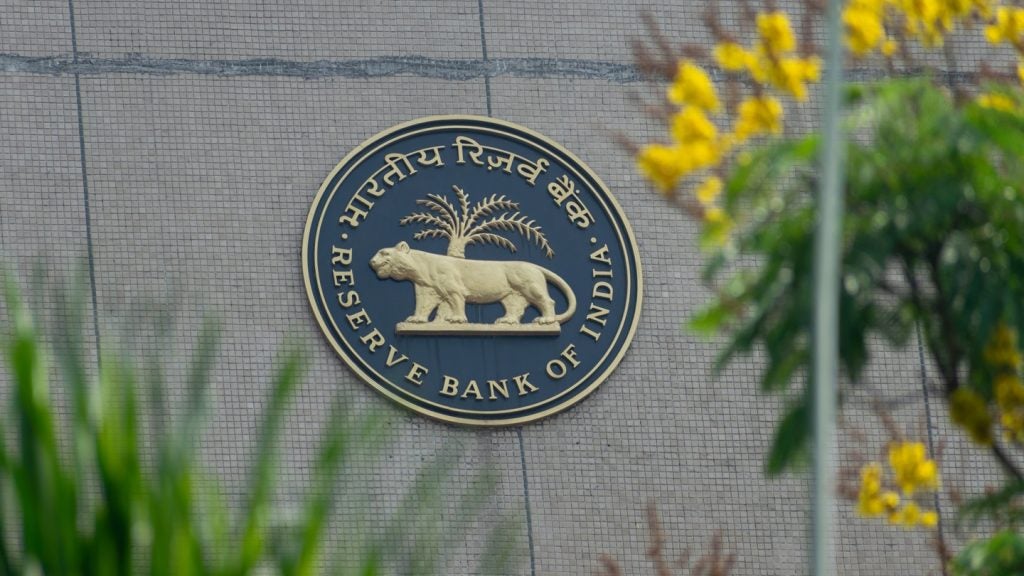The European Central Bank (ECB) has said that it will now turn its focus to the harmonisation of the card payments to the Single Euro Payments Area (SEPA).
SEPA for cards seeks to harmonize the principles, business practices and rules, as well as the technical standards relating to card payments.

Access deeper industry intelligence
Experience unmatched clarity with a single platform that combines unique data, AI, and human expertise.
The migration of the first two payment instruments, credit transfers (CTs) and direct debits (DDs), is almost complete.
A new report entitled "Card payments in Europe – a renewed focus on SEPA for cards", prepared by the European Central Bank (ECB), explains the basic concepts, provides aggregate statistics at the European Union (EU) level, and presents the Eurosystem’s views and policies on SEPA for cards.
The ECB said that the market participants need to put efforts into establishing a competitive card processing market as well as developing and subsequently implementing technical standards.
Highlighting the importance of SEPA for card payments, ECB said that there were 40 billion card payments, around 26 billion CTs and 23 billion DDs in 2012, while in 2000, the three instruments (cards, CTs and DDs) were almost equal in volume to around 13 billion transactions per year.

US Tariffs are shifting - will you react or anticipate?
Don’t let policy changes catch you off guard. Stay proactive with real-time data and expert analysis.
By GlobalDataECB member of the executive board Yves Mersch said, "SEPA for cards is the next logical step in European retail payments integration."
"The euro banknotes and coins in everyone’s wallets are the same in the whole euro area. Very soon, credit transfers and direct debits in euro will follow the same schemes throughout Europe. Now it’s time to further harmonise and integrate card payments."







